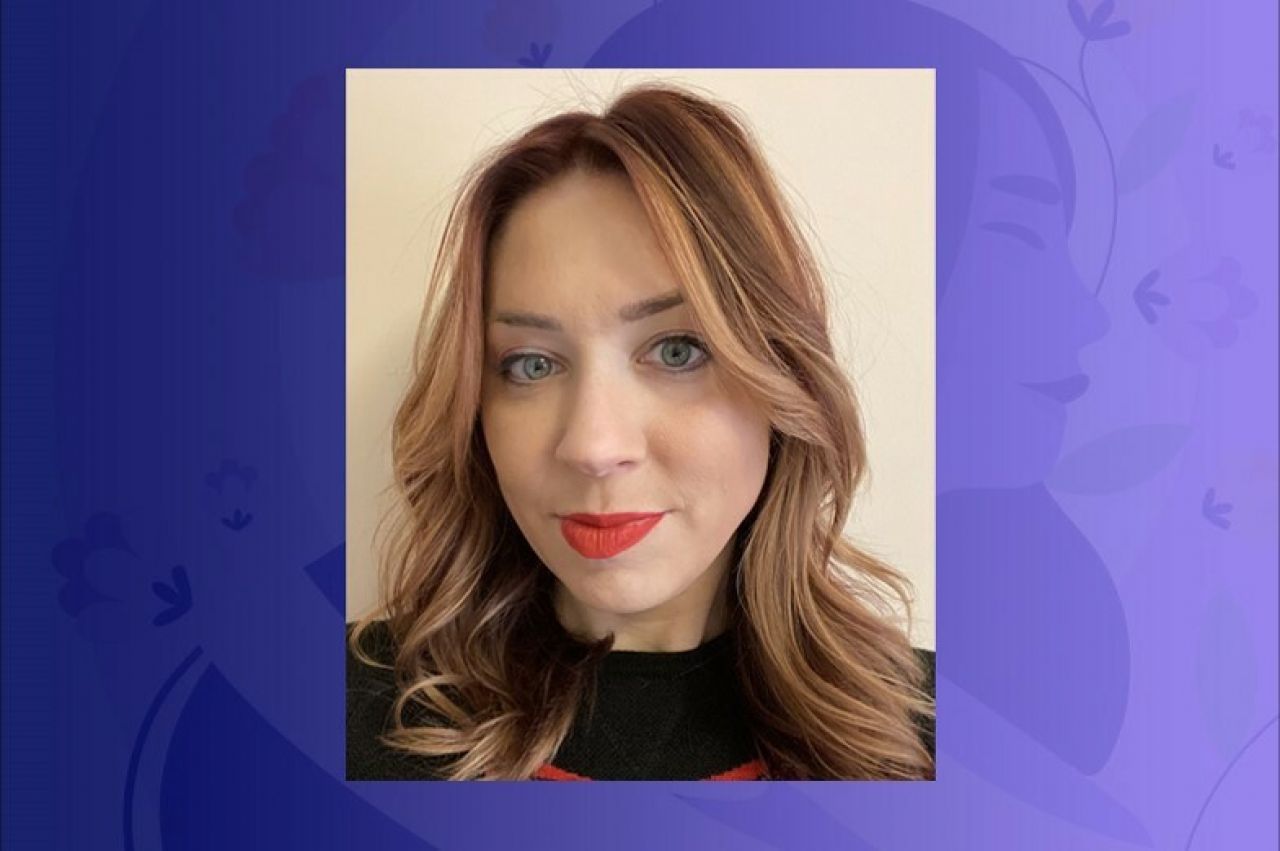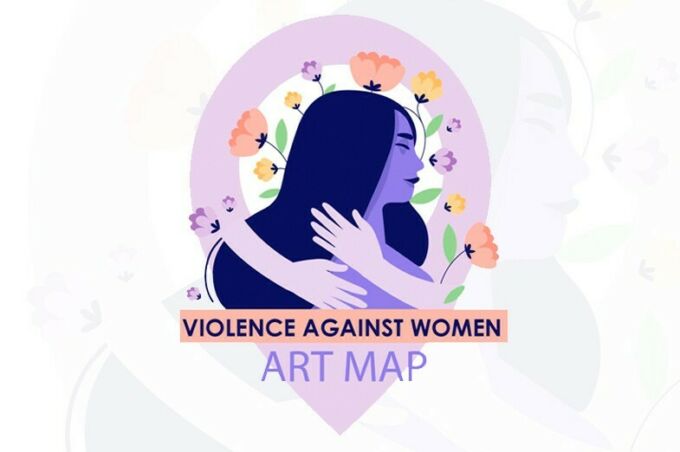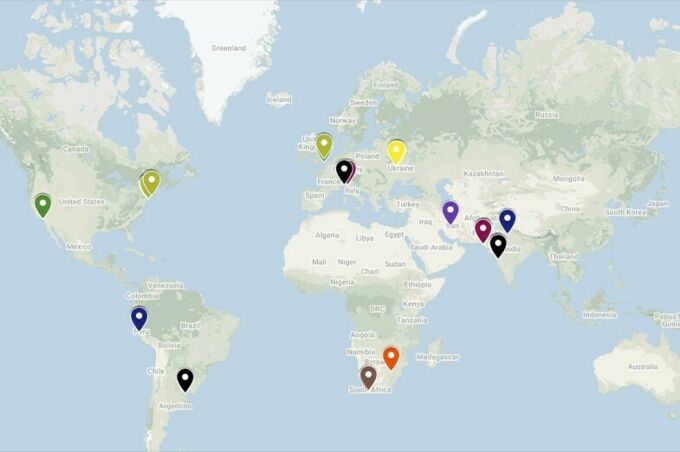March 17, 2022
Art education grad student addresses violence against women through interactive art map

Lauren Stetz, an art education doctoral candidate with a minor in women’s, gender and sexuality studies, has created an interactive online map that showcases artists from around the world and the artwork they have created in response to violence against women.
Using artworks across a variety of mediums and interviews conducted over Zoom with 24 different artists from around the world, Stetz created the interactive map to examine the relationships between artists’ work as well as the cultural nuances of violence in different locations.
“What I really try to do in my map is bring out artists’ unique experiences,” Stetz said. “Although artists address shared themes confronting violence against women, they do so highlighting their diverse positionalities based on individual identities, geographic location, cultures and political histories.”
Violence against women is inclusive of anyone who identifies as a woman, and consists of physical, mental or emotional violence, as well as threats of violence or denial of rights or freedoms.
Conceptualized by Stetz in 2018, the map reveals 10 different themes such as shame and victim blaming, vulnerability and empowerment, which help establish connections between the artists. As users click on different points on the map, they can see the artists’ work, read their stories and also find links to their websites and social media accounts.
Inspired by the #MeToo movement, the map features artist-activists, including some who are survivors of violence against women. While some artworks featured have been locally influential, others have made larger scale impacts, such as governmental change, according to Stetz.
“A lot of times when considering art in terms of trauma, you think of artists that are creating work for healing, and that is something that many of these artists do,” Stetz said. “However, what really inspired me with the #MeToo movement is that I saw artists were not only creating work for healing but were making work in an effort to inspire and produce social change.”
The goal of the map, according to Stetz, is to develop a space where artists can connect with other artists to build a coalition, foster transnational conversations and to develop educational materials to address violence against women. Because violence against women is a challenging subject to create art around, Stetz said many artists don’t realize how many others are creating this type of work and she hopes the map can help bring them together.
In December 2021, the map gained international attention when Stetz was featured on internationally acclaimed Pakistani artist and curator Mehreen Hashmi’s “Behind the Art Scene,” which is a YouTube series focused on Hashmi’s curatorial ventures, artistic works and interviews with prevalent and rising artists.
The two got to know each other through Stetz’s pilot study before her dissertation work and because of that relationship, Stetz said it was easy for them to connect. Ewa Grochowska, an artist showcased on Stetz’s map, was also featured in an episode of Hashmi’s show.
As an art educator who has taught in K-12 schools, colleges and universities, Stetz hopes that the online map can address the systemic nature of violence against women by providing educational materials to encourage art activism and facilitate better understanding of the problem.
“Violence against women isn’t necessarily something that is addressed directly in schools, despite the prevalence of violence in students’ home environments,” Stetz said. “I think that artwork is a powerful way to explore this topic.”
Written by: Mackenzie Daly


